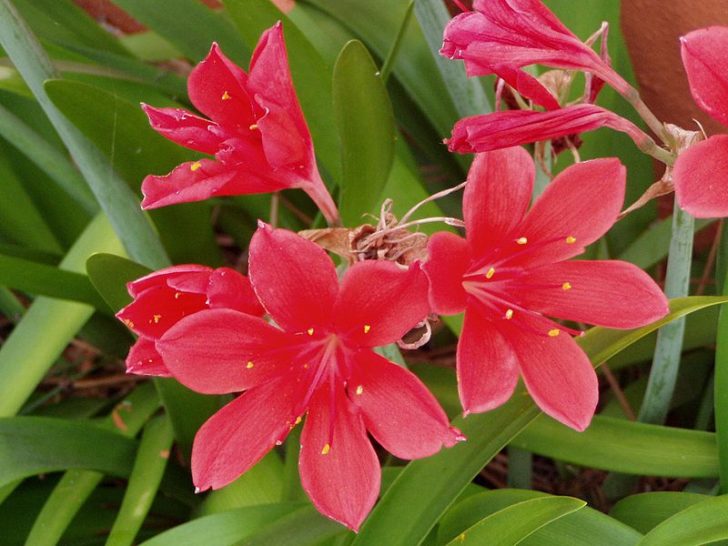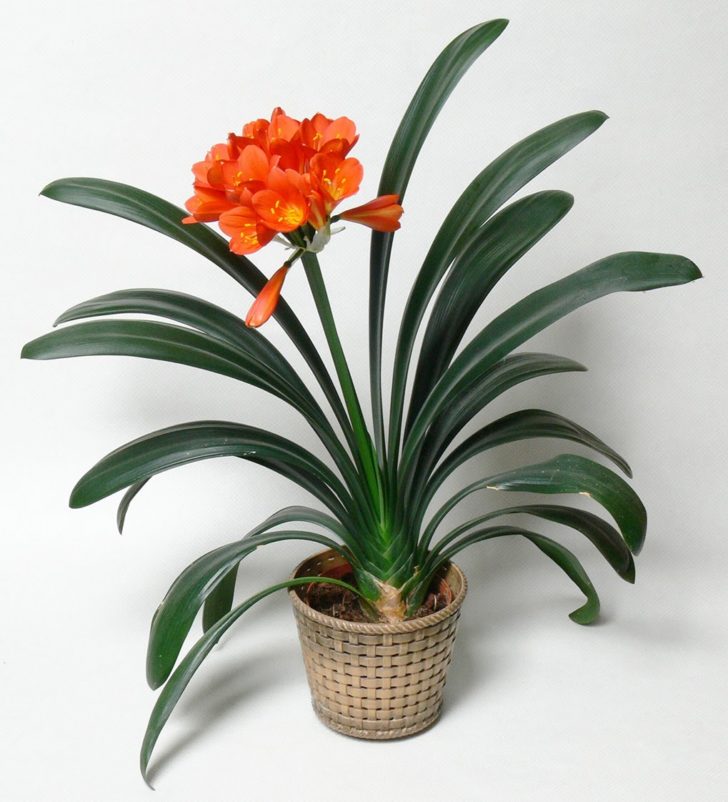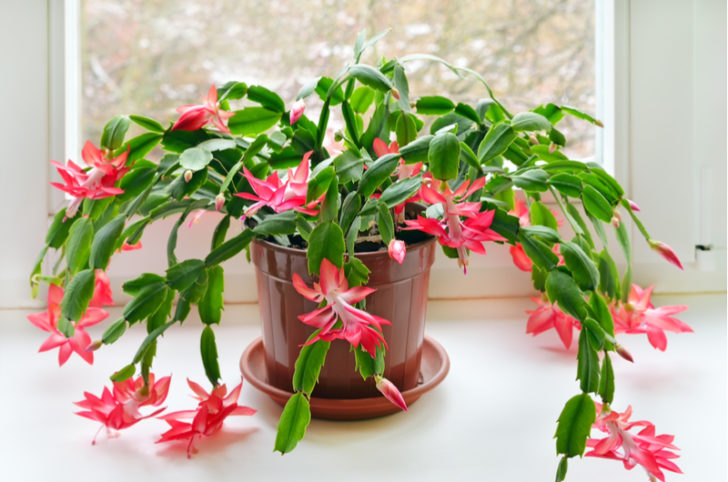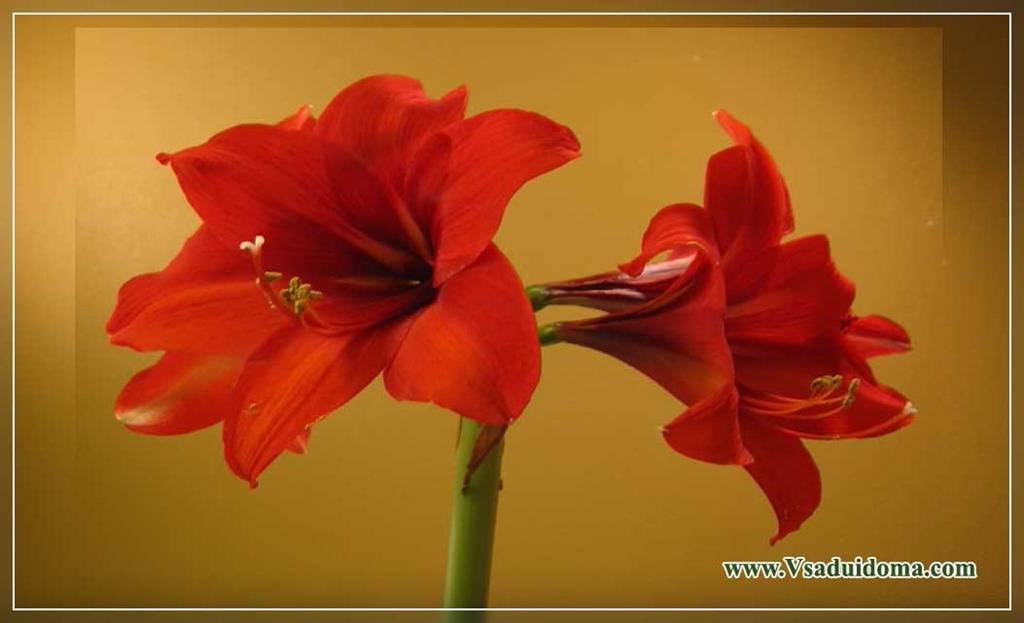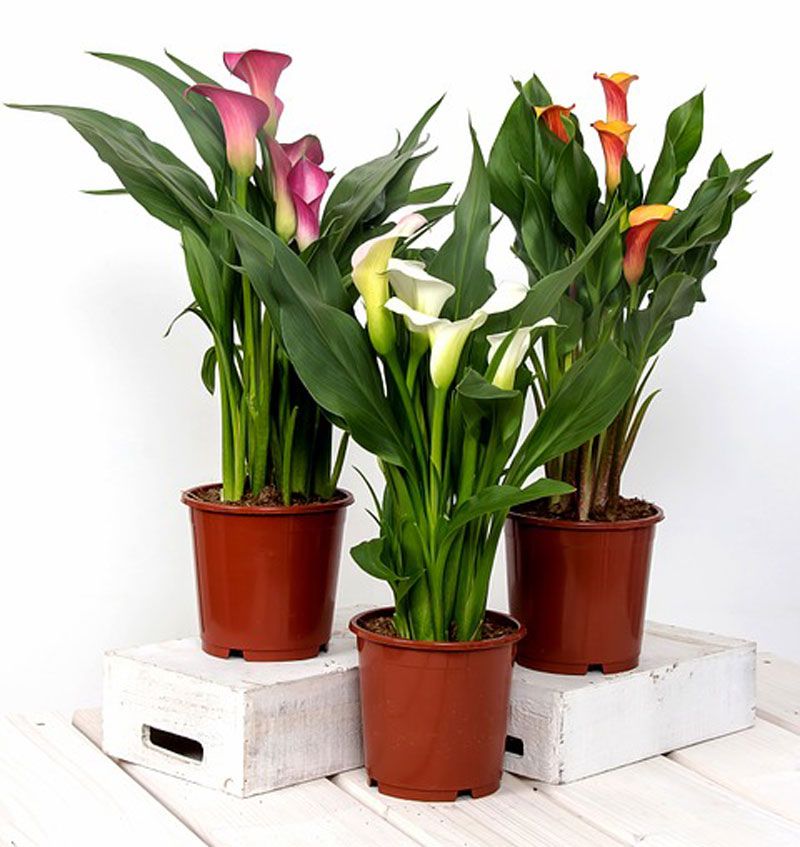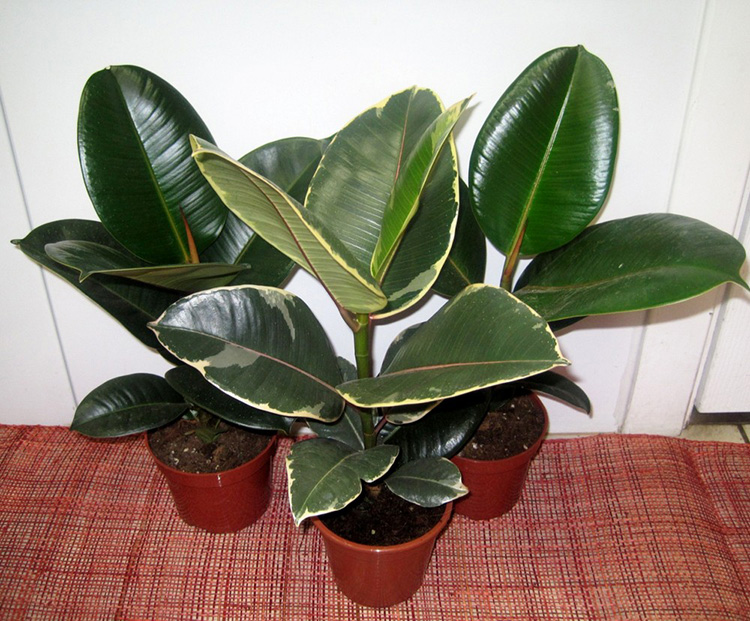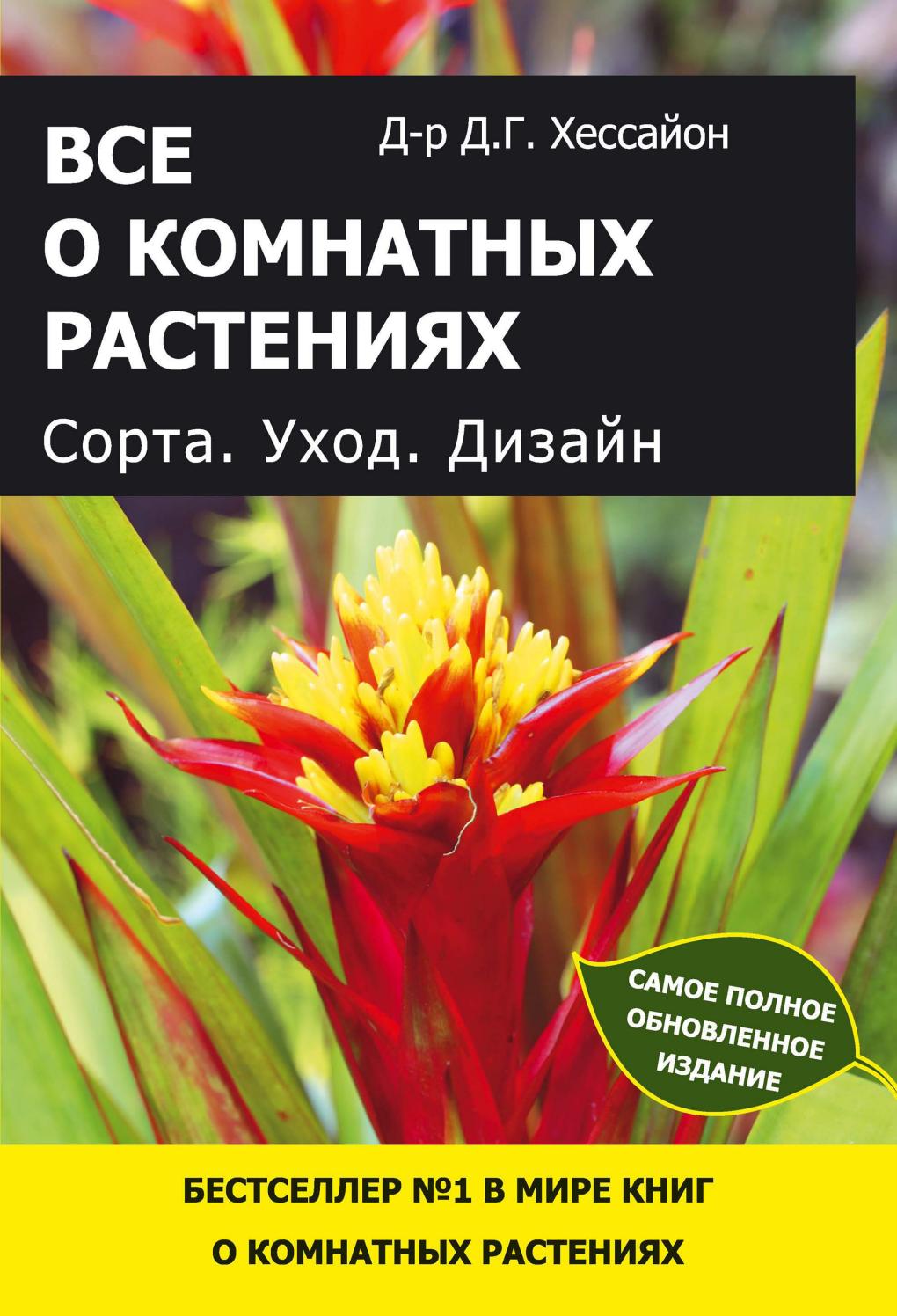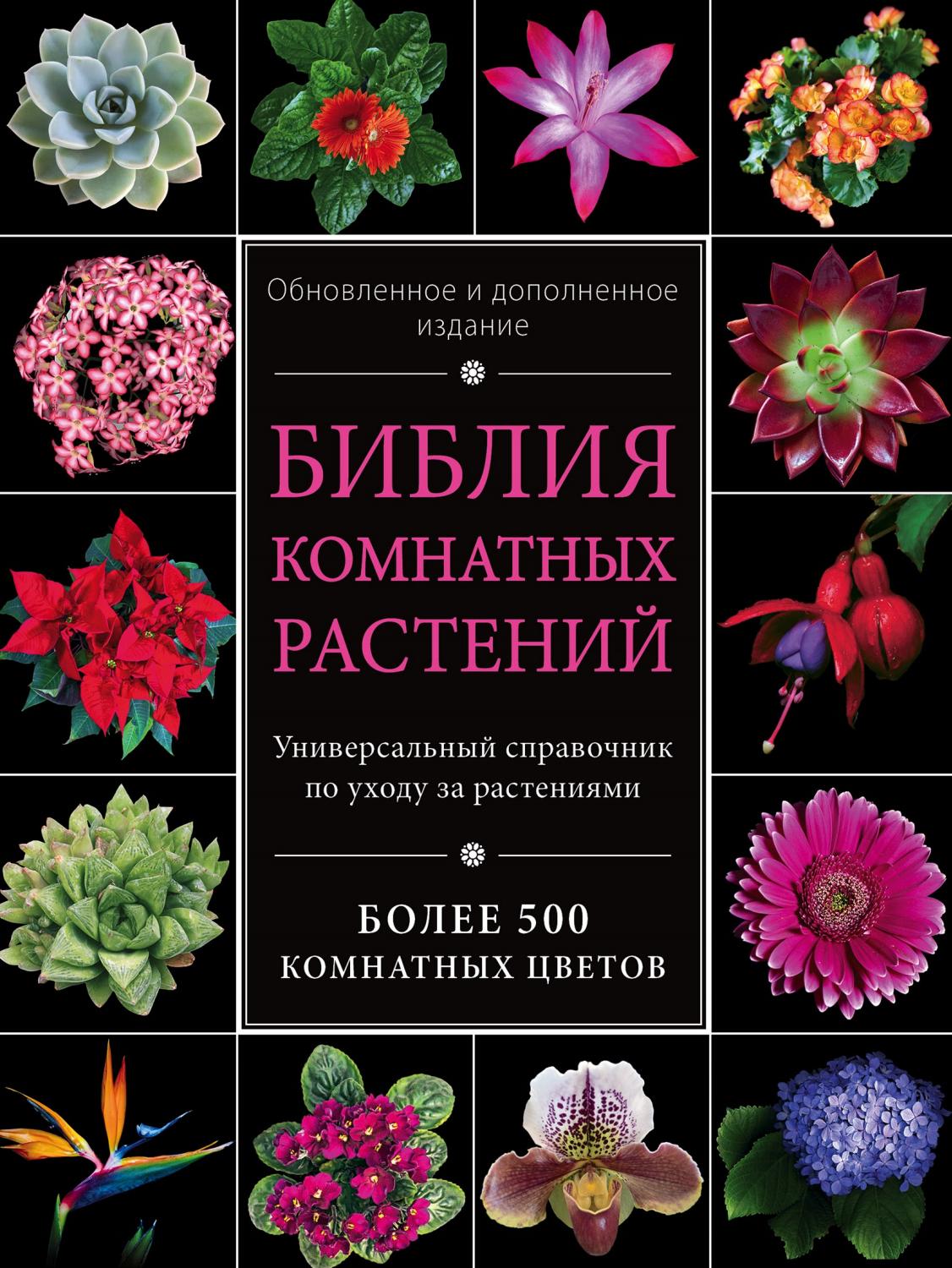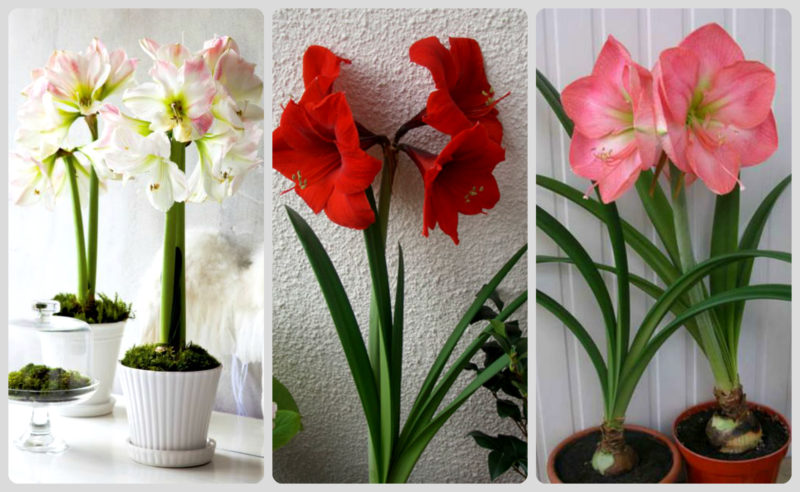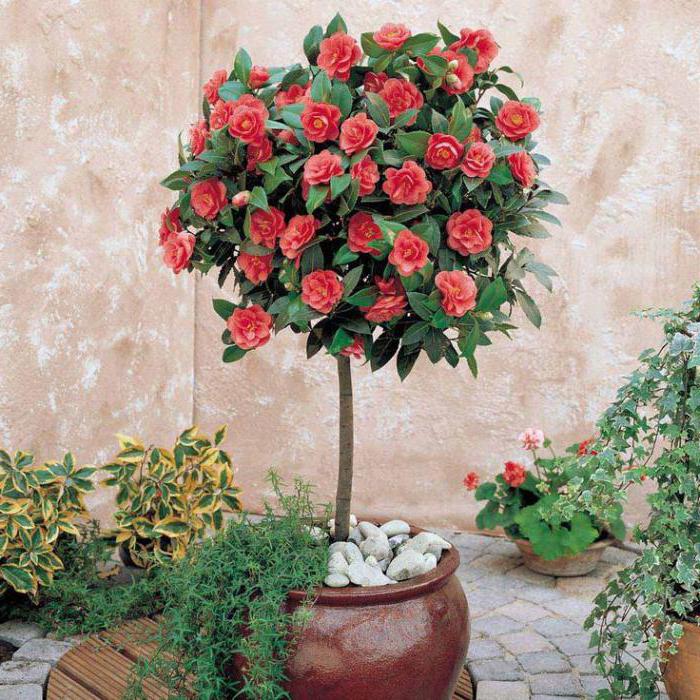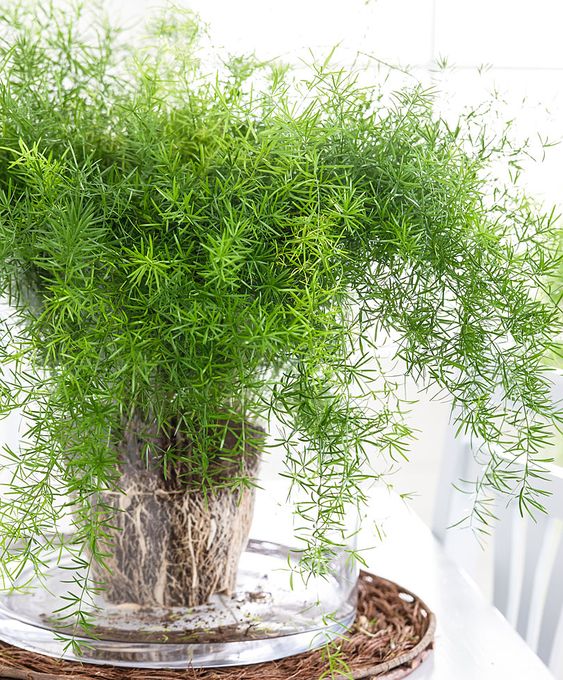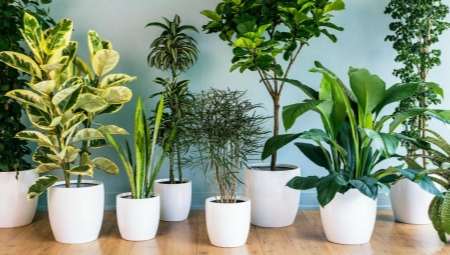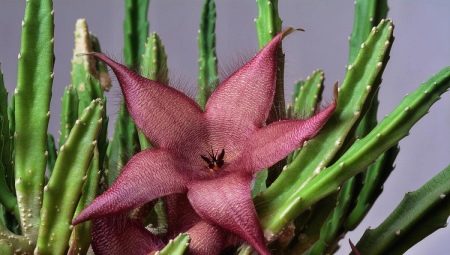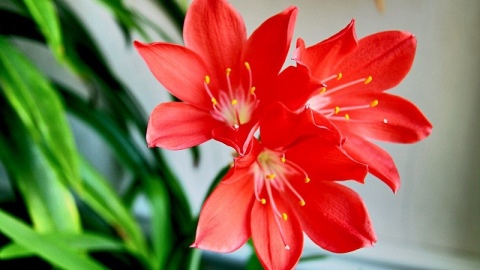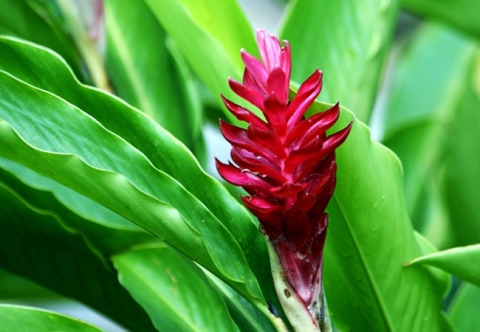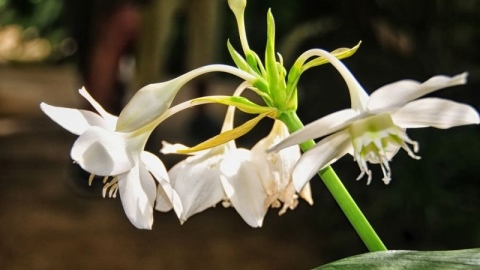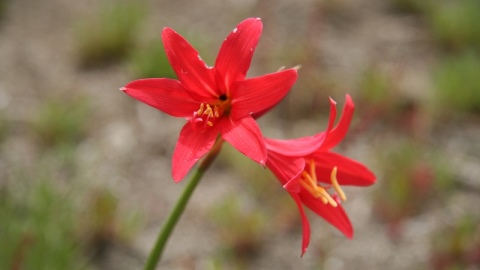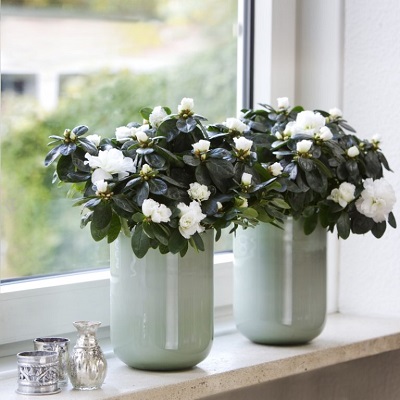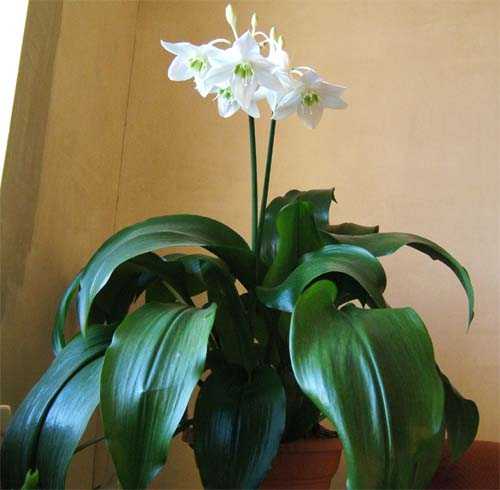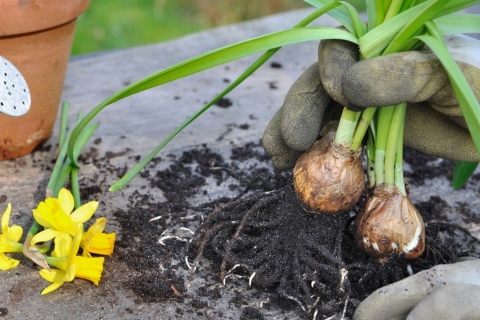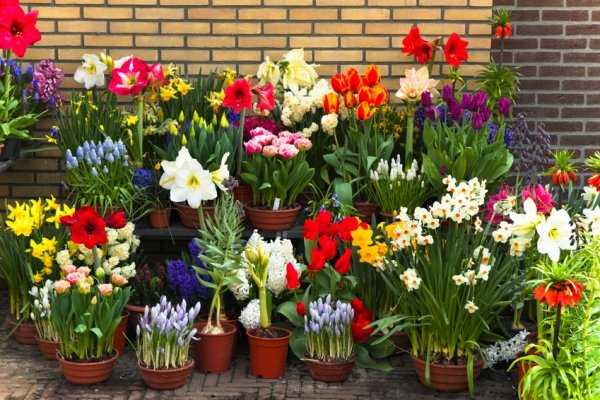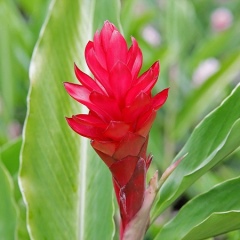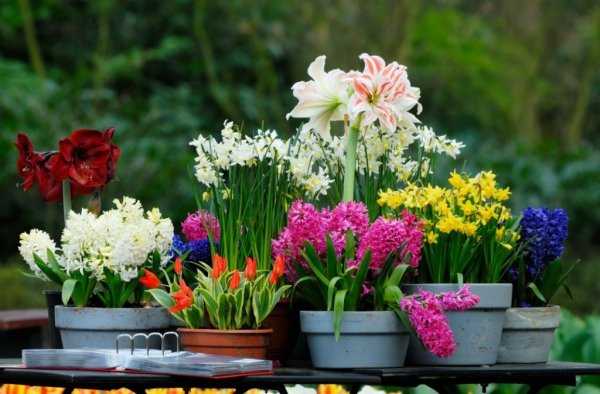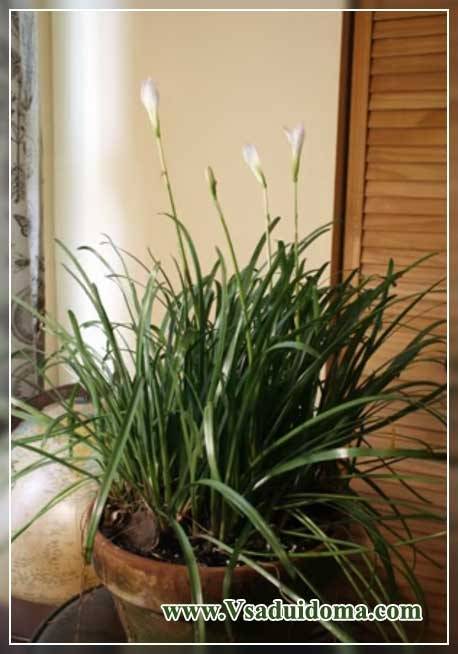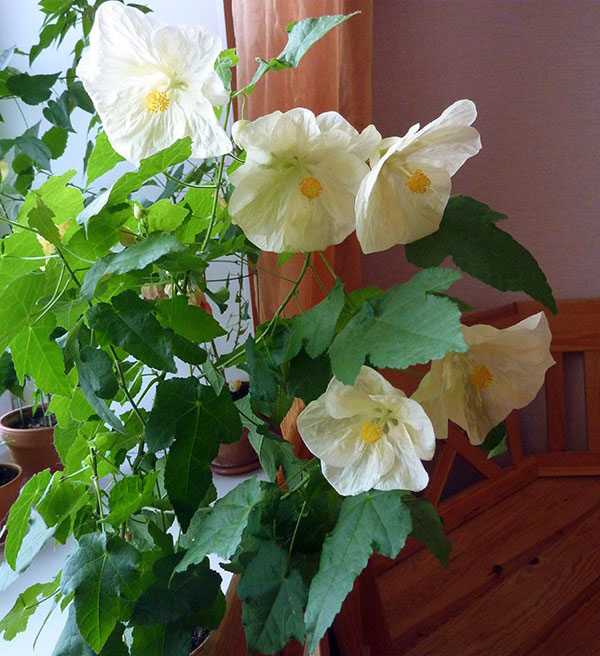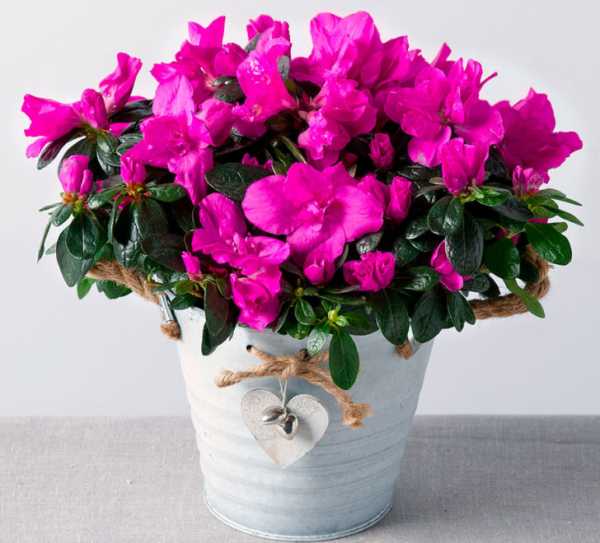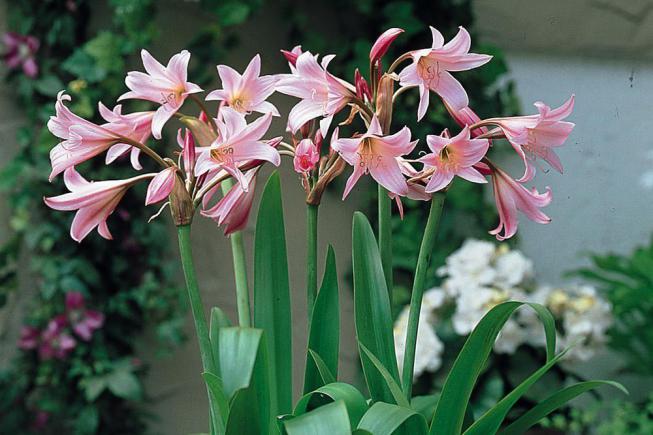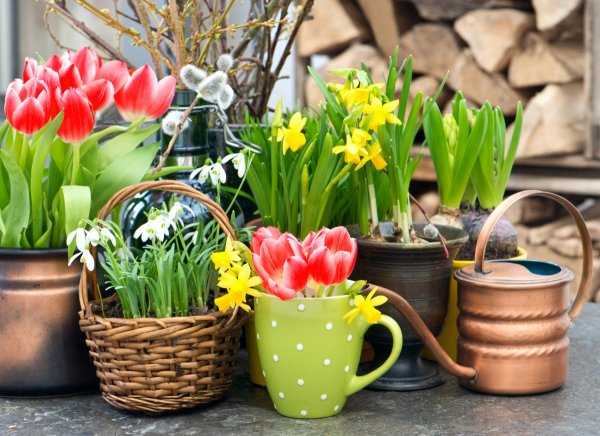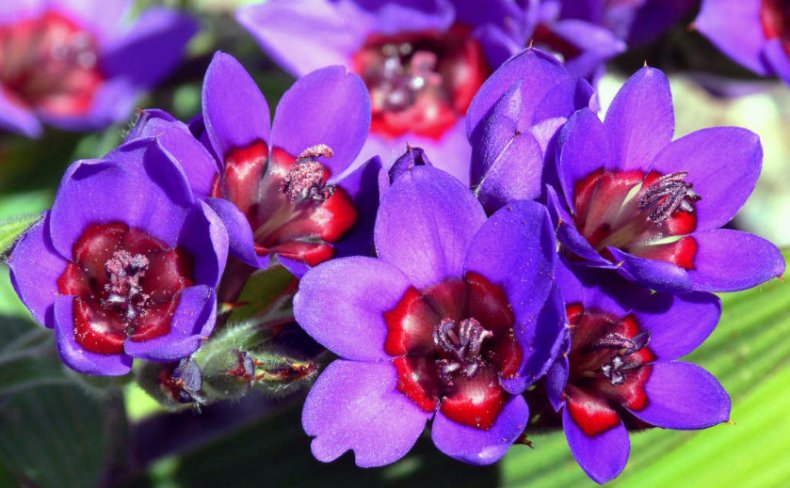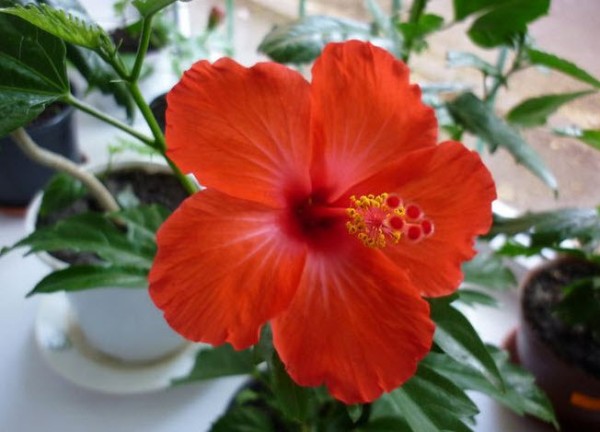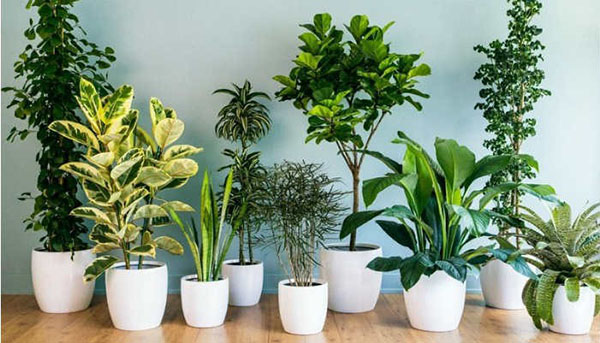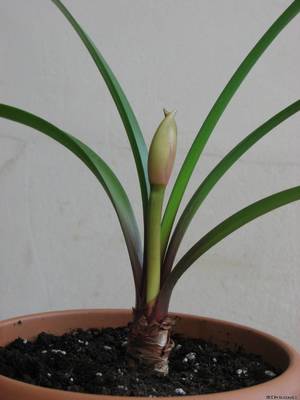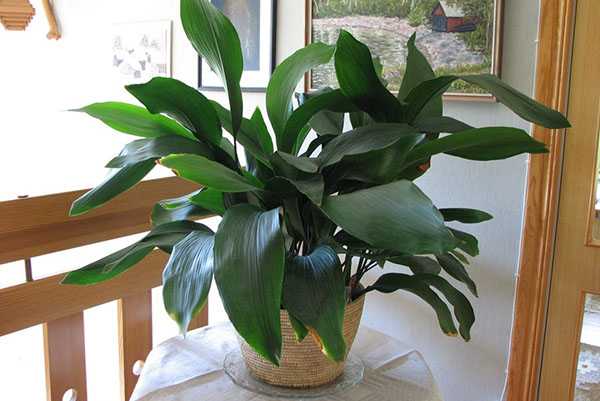Plants from other families that are very similar to lilies
There are other plant families, some of which share many characteristics with lilies. Often these are bulbous flowers with a variety of inflorescences and their own individual characteristics.
Hyacinth
Quite a popular bulbous perennial plant. Flowering begins in early spring, for which it is referred to as primroses. Feels comfortable both at home and in an open environment in a flower bed or in a garden.
Flower growth is on average 40 cm (including peduncle and flowers). The leaves growing from the bulb itself are narrowed and long. Buds bloom around the fleshy and wide peduncle almost from its very bottom to the top. These flowers are very similar to lilies, but only their flowers are small and collected in a brush. They can be of the most varied colors and emit a persistent pleasant aroma.
A fairly unpretentious plant that does not require special conditions. An important factor in its normal flowering is the constant access of oxygen, therefore, when growing a house, it is necessary to regularly ventilate the room or take the flower out to the balcony or street. For flowering, a temperature of just over 15 degrees is sufficient.
Watsonia
Watsonia or Watsonia outwardly resembles a mixture of gladiolus and lily. This is a representative of the iris family. There are indoor and outdoor varieties that differ only in size.
A flower up to 90 cm high is characterized by long xiphoid leaves and a stem with spike-shaped inflorescences, on which up to 20 funnel-shaped tubular buds bloom. Flowering occurs in summer, most often in July, and can last until early autumn. Watsonia needs moderately nutritious soil and plenty of light for normal flowering.
Hesperokallis
A representative of the monotypic genus, which for growing in the arid regions of North America is called the Desert Lily. Height - an average of 30-60 cm, depending on conditions. It has linear-lanceolate leaves, which are low enough at the base of the flower.
On a long, straight stem, after rain, 1-2 large enough white funnel-shaped flowers up to 5 cm in diameter, with a strong pleasant smell, can bloom. A fairly hardy plant that can be without water for a long time and tolerates heat well. An interesting feature is the fact that flowering is possible only after rain.
There are a huge number of plants that closely resemble a lily. They can be found in different parts of the planet with diametrically different natural conditions. There are both dwarf flowers and giants. But besides the formal resemblance to the lily, all of them are united by a variety of forms of inflorescences and buds, and the incredible smell makes them freeze next to these flowers.
Alstroemeria (or Alstroemeria) is a flower of extraordinary beauty native to South America
Alstroemeria is a Peruvian lily or Inca lily, native to South America. It is a perennial plant that is highly valued for its unusual beauty flowers, which retain their attractiveness for a very long time when cut. That is why the cultivation of alstroemeria is widely used on an industrial scale - in a greenhouse, a flower can be distilled twice a year.
Alstroemeria is a great opportunity to add exotic to your garden. It is quite high (in some varieties, the flower stalks reach 80 to 150 cm in height), the flowers are collected in racemose inflorescences - when alstroemeria blooms, it seems that a flock of exotic butterflies has descended on the flower bed.Alstroemeria flowers very much resemble lilies, only smaller - the largest ones reach only 6 cm in diameter. The color of flowers is very diverse: pink, yellow, red, pale lilac, almost always with specks on the petals. Another characteristic feature of alstroemeria petals is longitudinal dark lines, which shorten and become thinner closer to the center of the flower.
Alstroemeria Pelegrina in its natural habitat in the mountains of South America
In the language of flowers, a bouquet of alstroemeria is a gentle, but unobtrusive compliment - "You are so cute" or "You are the most adorable" with wishes of good luck, prosperity, wealth and friendship. Alstroemeria are odorless flowers, so they are perfect for people prone to allergies.
Alstroemeria is a genus of South American rhizome and tuberous flowering herbaceous plants from the Alstroemeria family, numbering about 50 species
Alstroemeria is grown all over the world as flowering ornamental plants - primarily for cutting, less often as garden plants
Palm and large-sized
Plants like these thrive in spacious rooms and are ideal for decorating offices and winter gardens. But at home, palm trees take root well.
Ficus rubber
It is part of the Mulberry family, got its name due to its juice, which contains a lot of rubber. A popular plant for growing in apartments.
It has an unpretentious disposition, it can grow well even with a lack of sunlight. It has beautiful large leaf plates with a glossy shine, can grow up to 1.5–2 meters, branches well, but looks very good when grown in one stem.
Ficus Benjamin
Unlike his relative, the rubber-bearing ficus, he is capricious. Loves well-lit places, but does not tolerate direct sunlight. Prefers good air circulation, but is afraid of drafts.
He needs an average air temperature, about 20 ° C, and high humidity. Ficus is regularly sprayed and watered at least 2 times a week.
Differs in a developed branched crown, covered with small pointed leaves. The color of the leaf plates varies from light green to dark emerald.
Dracaena
A popular plant in the Asparagus family. For growing indoors, flower lovers can choose several varieties: bush dracaena, semi-shrub or tree.
All varieties prefer well-lit places without direct sunlight, moderate temperature and humidity. Looks great both in the office and at home.
Monstera
It is part of the Aroid family, in natural conditions it reaches impressive sizes, which is why it got its name (from the Latin monstrum - "miracle, incredible thing").
Monstera has large leathery leaves with rounded cuts. This liana willingly releases aerial roots, is not limited in growth, even in an apartment it can grow into a giant plant.
Easily endures life in a shady room, does not impose special requirements on the temperature and humidity of the atmosphere. Needs regular watering, but in winter the amount of moisture must be reduced.
Fatshedera
This artificially bred liana does not occur in wildlife. The authors of this "botanical miracle" were the Lisi brothers, who in 1912 bred a new plant based on Japanese fatsia and heder.
The large leaves of Fatshedera combine the characteristics of the mother plants (shape and color). Liana prefers well-lit places, but without direct sunlight, this should be taken into account when choosing a place to install a pot.
Hamedorea
Otherwise, a bamboo palm. Differs in a large number of trunks that resemble bamboo stems. Cannot stand direct sunlight, preferring partial shade.
Hamedorea does not like warm rooms too much, in summer a temperature of about 20 ° С will become the limit of its endurance, and in winter it is optimal to maintain + 15 ° С. Prefers high humidity and abundant watering.
Rapis
For growing in an apartment, low rape is most often chosen. An unpretentious plant will not be damaged by a small amount of direct sunlight. It is worth paying close attention to watering: rapese does not tolerate both a lack of moisture and its stagnation in a pot.
Tuber
Selection and preparation of planting material
The most common and easiest way to plant is tuber. Before planting, you need to check and clean the root of soil and dried roots left over from last year. If there are lesions or signs of decay and damage, then they must be removed, and the sections should be sprinkled with charcoal powder, and then allowed to dry for 24 hours.
Check the condition of the tuber, it should not be lethargic. If it lacks moisture, wrap it in a damp cloth or put it in wet vermiculite for 2-3 days.
Pot
The larger the tuber, the wider the pot should be, but if you want the strength of the flower to go into color, and not into the development of leaves, then you must adhere to the rule: the distance from the walls to the tuber should be 4-3 cm, if the tuber is large and 3 –4 cm if small. From this we can conclude that a pot 8-9 cm in diameter is suitable for small tubers, and 10-12 cm for large ones.
Priming
You must protect the gloxinia from rotting at all stages of planting.
It is necessary to disinfect the environment in which you are going to grow it, and eliminate the possibility of moisture stagnation. A fairly large drainage layer at the bottom of the pot will help you cope with this.
Gloxinia is not very demanding on the composition of the soil, but it is better to choose a light soil that will be well ventilated, allow moisture to pass through and will be filled with a sufficient amount of nutrients. Peat is desirable at the base of the soil.
You can:
- Buy the ready-made mixture and add vermiculite (1-2 tablespoons per liter of the mixture) and sand (1-2 handfuls per liter of the mixture).
- Or prepare the substrate yourself. To do this, mix leafy soil, peat and sand in a ratio (2: 2: 1).
After selecting the soil, sterilize it by heating it in an oven or in a water bath. To do this, you can also use products sold in stores.
How to wake up a tuber?
The dormant period of this flower lasts 3-4 months, as a result, not all tubers wake up at the same time, some require a longer time.
You can wait for a natural awakening, or activate the processes in an artificial way.
- To do this, carry out a thorough inspection, remove any damage and rinse.
- Then place the tuber in a plastic bag that contains a small amount of moist, light soil.
- Tie the bag and put it in a bright and warm place, the temperature of which is between 24 and 26 degrees.
Two weeks after this, you should see the sprouts.
From the video you will learn how to wake up a sleeping gloxinia tuber:
How to plant?
- Before planting, the tubers must be washed and placed in a solution of potassium permanganate or fungicide for 20-30 minutes. When disinfecting, you need to be careful and make sure that the solution does not get on the sprouts.
- If there are no sprouts, then examine the tuber and determine a depression on one side and a bulge on the other. The buds grow out of the groove, which means that this side should be on top.
- Make a depression in the center of the pot and place the tuber in it.
- After that, sprinkle it on the sides so that it remains outside only ⅓.
- Moisten the soil without getting on the plant and in the center, otherwise there is a risk of plant decay.
- After planting, put a plastic bag over the pot, so you create a microclimate suitable for gloxinia. The most suitable place for gloxinia is warm and bright.Thanks to the package, a greenhouse effect is created and moisture is retained, so you do not need to water the ground.
- Ventilate the soil every day by removing the bag for 15–20 minutes.
- After the first leaves appear, use the bag only at night, and after a few days, completely remove it.
- After sprouting the stem, add soil and cover the tuber by 1-1.5 cm.
Be careful when watering to avoid flooding with gloxinia.
Decorative flowering indoor plants (photos and names)
This group, perhaps, includes the largest number of plants. They differ not only in the beauty of flowers and the duration of their flowering, but also in the flowering period and life expectancy.
Today, in this group, conditionally indoor flowers - garden plants that are grown in flowerpots and are presented instead of bouquets - occupy the right place in this group. First of all, they include primroses. Unfortunately, such plants are short-lived and hibernate after flowering. But with proper care, their root system can be preserved and planted in open ground in the fall.
Hyacinth
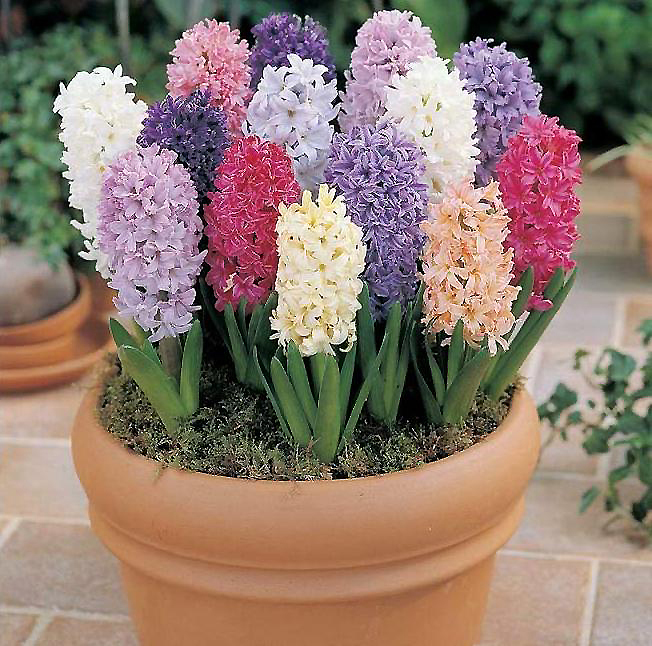
Beautiful, unfading for several weeks, the flower prefers sunlight, moderate watering and coolness. When planting hyacinth in the house, it should be remembered that it has a strong odor and can cause headaches.
Crocus
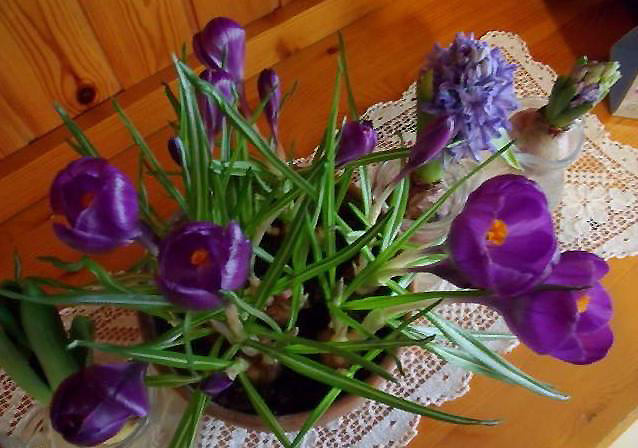
Lovely delicate primroses of all kinds of colors need abundant watering, additional lighting, and enhanced nutrition.
Primrose
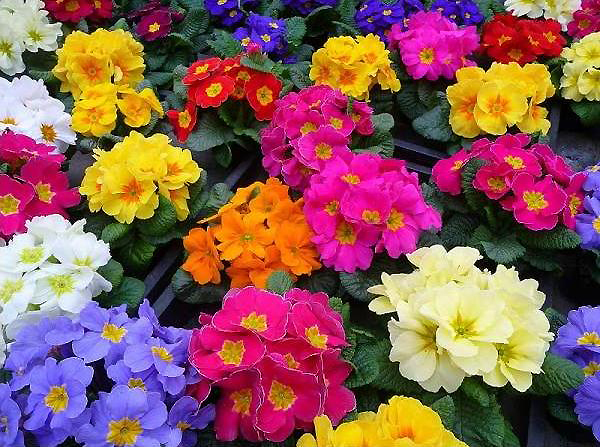
In terms of the variety of colors, its saturation is a worthy competitor even to the queen of flowers - the rose. Unpretentious care, the duration of primrose flowering is appreciated by lovers of indoor floriculture.
Chrysanthemums
Autumn chrysanthemums feel great in the conditions of the apartment. Today, a large number of undersized varieties have been bred. This is a small, compact bush that will organically fit into any window sill. Huge color gamut, undemanding care quickly found their admirers among lovers of indoor gardening. These chrysanthemums are versatile - in the summer they can be displayed on a balcony or terrace. And some gardeners' secrets will make chrysanthemums bloom from the middle of summer.

Houseplants, loved by everyone for their beautiful flowers, can be divided into two groups, differing in the flowering period. Most of them open their buds in the summer. Having picked up several flowerpots with winter flowering plants, you can make your green corner blooming all year round. It should only be remembered that each plant requires special care and microclimate. Therefore, it is necessary to select the most harmonious flowers, so that they not only do not suppress each other, but give the same preference to temperature, watering and sunlight.
Sun-loving flowering indoor plants (photos and names):
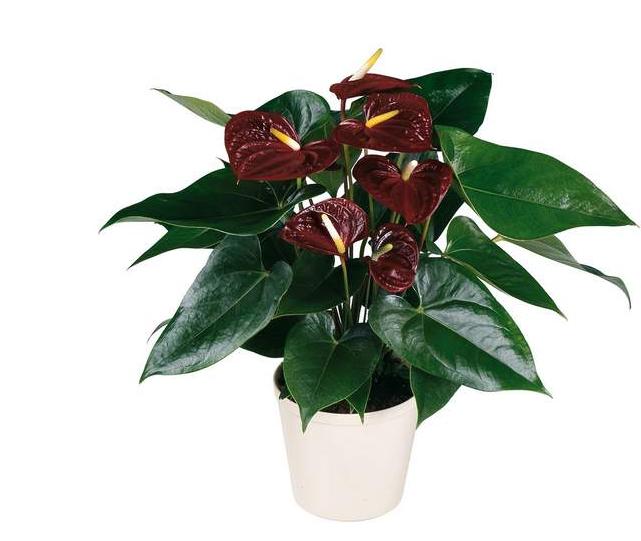
It should be remembered when choosing anthurium - home care is very difficult.

Hippeastrum is a perennial bulbous plant that many people like for its unusual flowers.

Despite the capricious disposition and the need for careful care, the violet is the most popular houseplant.
Indoor geranium (pelargonium)

Calm about direct sunlight. But do not expose geraniums to their constant exposure. With a lack of light, pelargonium loses its leaves, unattractively covering the stem. Refers to medicinal plants.
Orchid

Orchids are quite demanding in terms of temperature and watering. Experienced growers recommend starting with the easier varieties. But if the first flower has taken root in the house, the microclimate is ideal not only for its growth, but also for flowering, then loyalty to it for life is guaranteed.
Clivia
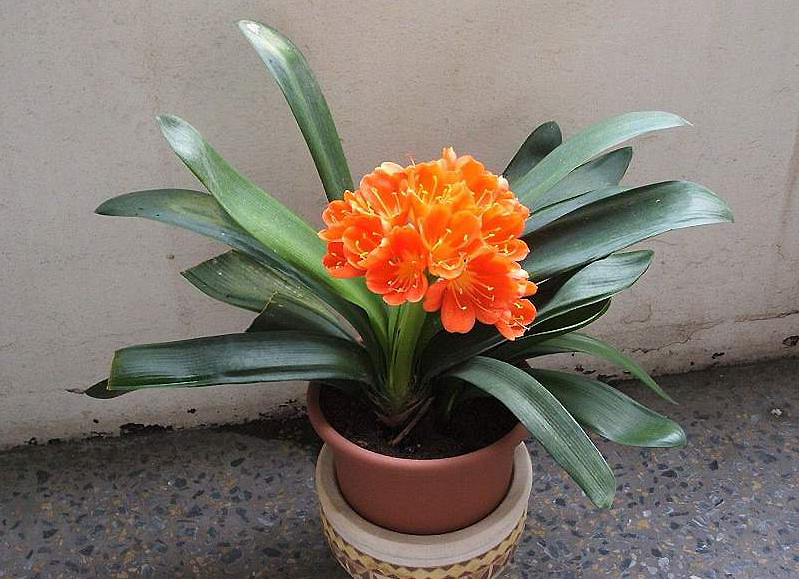
Prefers diffused sunlight. Suffers both from an overabundance of it, and from a lack. Otherwise, a rather undemanding plant that tolerates well the lack of moisture in the soil and air.
Shade-tolerant flowering indoor plants (photos and names):
Azalea

Quite a capricious, demanding plant, but with proper care it pleases with abundant flowering for a long time. Poorly tolerates direct sunlight, feels comfortable in partial shade. For the summer period, it is advisable to take it out into the fresh air, protecting it from drafts. The pliable stems make it possible to form bonsai from the azalea, which is successfully practiced in its homeland - in the countries of Southeast Asia, China, and Japan.

Large plants
Bulbous house plants should be distinguished into a separate group, the height of which can be up to 1 m. Large crops include hybrid canna, hippeastrum, amaryllis, vallot and eucharis.
Canna hybrid
This indoor inhabitant can grow up to 1 m. The canna is characterized by the presence of light and dark green, as well as bronze-red leaves. Even an oblong leaf can be brown, cast purple and even striped. On the stem, you can see large flowers, painted in delicate pink, red, cream, purple, orange and yellow tones.
Hippeastrum
This is a homely beauty, the bulb of which is up to 11 cm in diameter. On the stem, 1–6 flowers can appear, which have the shape of funnels and usually bloom in spring and winter. Among the types of hippeastrum, there are royal, graceful, mesh, striped and Leopold's hippeastrum. If such a culture is not given rest time, it will refuse to bloom.
Amaryllis
Florists in their homes most often grow amaryllis Belladonna. Amaryllis is a close relative of hippeastrum. It has an elongated bulb up to 5 cm in size, the color of the foliage is dark green. It blooms from April to May with white and pink funnel-shaped specimens, collected in an umbrella in an amount of up to 12 pieces. Requires good care with a mandatory transplant once every 1-2 years (like hippeastrum).
Vallota
Indoors, you can plant and grow a beautiful culture called vallotta. This bulbous flower has dark green foliage with a reddish tint at the base, and umbrellas with white, bright red and salmon flowers appear on a long stem. Such a herbaceous perennial in a pot is best placed on the southern, southwestern, western or eastern windowsill.
Eucharis
These tall plants are native to Peru and Colombia and are also known as Amazonian lilies. They can also be planted in pots and kept in an apartment or house. Eucharises outwardly resemble daffodils: they are white with a pleasant smell, grow in umbrellas and bloom in autumn - from October to winter. Adult crops have 2 peduncles, 3 flowers appear on a long stem up to 50 cm high. Eucharis is suitable for growing in a cool hall, can grow under artificial light.
Growing bulbous flowers for the garden
When caring for bulbous flowers, you need to carefully dig up the soil and apply organic and mineral fertilizers, especially for bulbous plants. Depending on the needs of specific plants, if necessary, it is necessary to correct the composition of the soil (for example, if in some place the soil is too acidic, it is necessary to lime it). Add some sand in places of future planting of bulbous plants. Wait 2-3 days for the soil to settle before planting the bulbous flowers.
One of the conditions for planting and caring for bulbs is compliance with the sowing time. Spring bulbs are planted from September 20 to October 7, starting with daffodils and small-bulbous ones, and tulips are planted last. Summer bulbs are planted in spring, late April - early May.
For bulbous ones, holes are dug, the depth of which is about two to three times the height of a particular type of bulb, the bottom of the hole is sprinkled with river sand. The main thing for bulbous ones is not to confuse the “bottom” and “top” bulbs. Grouse bulbs are planted at an angle of 45 degrees.
Diseases and pests of bulbous flowers
The most effective way to keep small animals out of your plants is to set up bait traps. If you do not want to harm hungry animals, use folk remedies.
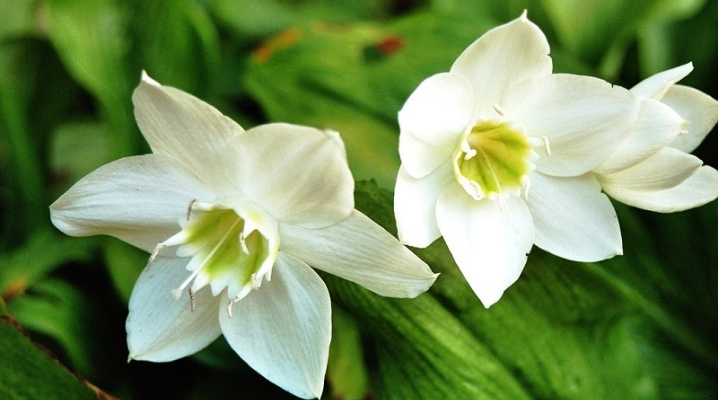
These pests of bulbous flowers are repelled by plants such as daffodils, hazel grouses, and black root (cinoglossum). Experienced gardeners scare off moles and mice by spraying flower beds with infusion of Valerian officinalis root. You can plant valerian as an ornamental herb.
Another effective option is special ultrasonic rodent repellents. In addition, voles will not make minks in open spaces, therefore, weeds should not be allowed to grow near the flower beds, and it is also necessary to regularly thin out the clumps of the ornamental plants themselves.
Caterpillars and slugs. Caterpillars of scoop butterflies and underground slugs are no less harmful to bulbous plants. Caterpillars can be harvested from plants by hand, it is best to do this in the fall, before they turn into pupae.
Slugs tend to settle in moist, heavy soils.
That is why it is so important to loosen the soil on which spring primroses grow. Before planting the bulbs, almost always a layer of sand is first poured into the hole, which prevents underground slugs from accessing them.
In summer and autumn, after the foliage dies off, it is also necessary to ensure that the territory of the flower garden does not undergo stagnation of moisture. Be sure to loosen the soil after heavy rainfall. If slugs began to threaten the landings, use special remedies for them. For example, you can dig in a plastic bottle half filled with apple juice or beer.
To prevent infection of especially valuable healthy plants in the case of their proximity to diseased specimens, the bulbs are dug up, soaked in hot water (40-45 ° C) for 2 hours, then planted in another place.
On the site where plants diseased with a nematode grew, bulb flowers are not planted for 4 years. Here it is better to grow crops tolerant to stem and bulbous nematodes: spinach, carrots, beetroot, various types of cabbage, and cereals. They will help rid the area of nematodes.
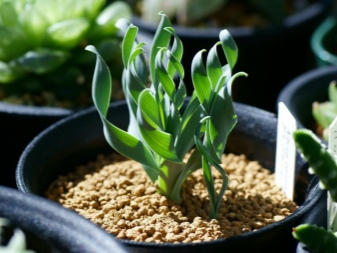
Fungus and mold appear in damp conditions and spread from the soil up the stem and leaves of the shrubs. Damaged plant parts must be cut off and burned. Fungicidal agents help against fungus and mold.
Since bacterial diseases spread quickly, when they appear, control measures must be taken immediately. As a preventive measure, it is necessary to carefully examine the bulbs before planting, rejecting all suspicious specimens.
Healthy plants growing next to diseased plants should be treated with fungicides. It is better to spray these substances next to flowers without touching green plantings. The best period for the use of fungicides is when the aerial part of the bulbs dies off. To prevent rot from spreading, you should not overmoisten the bulbous ones and drain the soil under them well.
Ash infusion can be used to protect crops from powdery mildew. To do this, 2-3 kg of wood ash is poured into 7 liters of water, boiled for an hour, after which the broth is cooled and filtered.
Bulbous flowers hazel grouse
The hazel grouse blooms in the middle - when the early bulbs are still blooming, and the later ones have already begun to bloom. At the same time, the stems with leaves appear early, when the snow has just melted. The stems are not afraid of frost, but if the buds have already appeared, the plant needs to be insulated with lutrasil, placing light greenhouse arches above it - otherwise the hazel grouse will not bloom. It is planted in autumn, in September, and the bulb is placed in the hole at an angle of 45 degrees, since it is difficult to determine by sight where the “legs” of the hazel grouse bulbs are. Before flowering, you need to feed it with a special fertilizer for bulbous and water it from time to time - that's all the care. The hazel grouse will feel great in partial shade. It can also be planted in the sun, but there it fades faster.It is better to mulch the soil in the places of planting of hazel grouse so that it does not compact and retain moisture.
Popular houseplants with large green leaves
Indoor plants with large green leaves are also popular among flower growers.
Big leaves
The leaves of the following indoor flowers cause real admiration:
- butylone. His homeland is South America. In Russia, due to the shape of its leaves, the flower was named "indoor maple". Today, 150 species of it are known, which are very different from each other;
- abutilone. It can grow as a small tree or shrub. Its height reaches 2 m. The plant throws out flowers in the form of a bell, which has a different color. Abutilon is fast growing;
- anthurium, or flamingo flower. It is found in the United States and the Caribbean. The plant produces beautiful flowers that are very similar to artificial ones. They can be either white or red. Anthurium is poisonous, therefore, if there are animals or small children in the house, it is necessary to isolate this plant from them;
Aspidistra
- aspidistra, or cast-iron flower. The plant got the second name due to its endurance. Aspidistra normally tolerates sudden changes in temperature, inadequate watering and untimely transplantation. The homeland of the flower is China and Japan. The aspidistra has practically no stem. He rarely throws out flowers. They have a dirty purple color. The plant also feels normal in darkened areas, since it contains a lot of chlorophyll;
- dieffenbachia. Colombia and Brazil are home to this plant. At home, the maximum flower height reaches 1.2 m. It does not need special care, it is a poisonous plant. Dieffenbachia has beautiful large multi-colored leaves;
- syngonium appeared in the United States. It grows up to 1.5 m. The thin stem ends with an arrow-shaped leaf. The plant practically does not bloom. Syngonium removes xylene and formaldehyde from the air.
Broad leaves
Flowers with wide leaves also look attractive. The most common among them are:
- monstera. There are legends about this flower as a killer plant, which is why such a name arose. It is a liana with large leaves with cuts. In indoor conditions, the monstera grows up to 2 m. It has aerial roots, which must be directed to the ground. Monstera practically does not bloom, but sometimes pale green inflorescences appear on it;
- alocasia. It is often called the elephant ear, since the leaves of the flower can reach 1 m. The homeland of the flower is Asia, so it loves warmth and humidity. In indoor conditions, alocasia can reach 1.5 m in height. Flowers on it can be seen extremely rarely. They have a white-pink color. The average life span of a plant is about two years;
- arrowroot. She is originally from Central America. The plant does not exceed 30 cm. The peculiarity of this flower is the variegated striped leaves with smooth edges that fold overnight. Beautiful veins are clearly visible on the plates. Occasionally small white or pale lilac flowers appear on the arrowroot.
Thick and fleshy leaves
With fleshy thick leaves, the following varieties are grown at home:
Aichrizon
- aichrizon. It is also called the tree of love. The leaves of this flower are heart-shaped. They have a rich dark green color and a velvety surface, as they are covered with white fluff. The plant is highly branched. Its trunks can be either straight or curved. Its flowers are collected in small panicles and have a variety of colors: yellow, cream, white and red;
- sedum. It belongs to the largest genus of succulents. The flower has spread in the arid territories of Mexico, Alaska, the United States and China. The leaves of the sedum are cylindrical in shape with a bluish or reddish tint.The flower is used to create background compositions in the form of ground cover plants.
General description and popular types
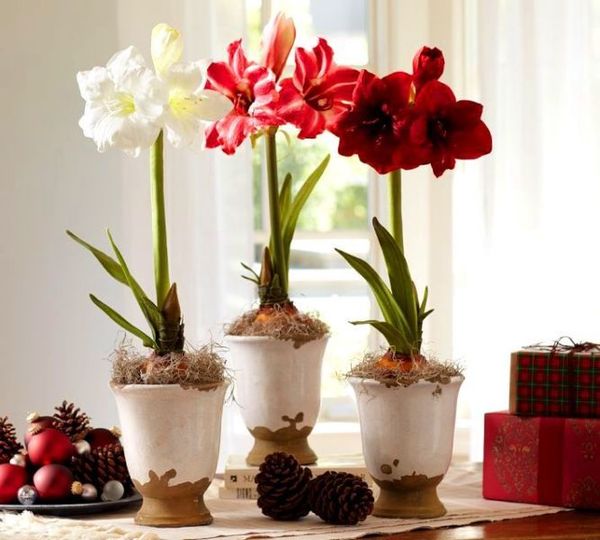 Bulbous house flowers differ from others in that a dense bulb is hidden under the ground - an underground shoot with a flat stem, covered with transparent or white filmy scales. Over the years, the root system strengthens and grows in size, and in comfortable conditions there are "kids". From them, new independent plants are subsequently formed.
Bulbous house flowers differ from others in that a dense bulb is hidden under the ground - an underground shoot with a flat stem, covered with transparent or white filmy scales. Over the years, the root system strengthens and grows in size, and in comfortable conditions there are "kids". From them, new independent plants are subsequently formed.
Bulbous crops are found naturally only in countries with hot climates. They can be found naturally in Asia, South Africa, South America, and the Caucasus. In indoor conditions, plants take root well, and sometimes in warm regions they are even grown outdoors. The life of a culture consists of 2 cycles: periods of growth and rest. Flowering lasts from a couple of days to several weeks, depending on the species, sometimes it occurs several times a year. Then the buds die, and the flower "falls asleep" to gain strength before the next cycle.
The assortment of bulbous plants will amaze anyone: so many violent colors and huge buds are unlikely to be found anywhere in other plant groups. Flowers come in almost every color of the rainbow, from calm hues to complex combinations. The buds are formed of various sizes, the radius of some reaches 11-12 cm. The names and photos of popular bulbous plants are presented below.
Attention! Bulbous indoor flowers are divided into 2 groups: some sometimes shed their leaves, while others remain evergreen.
Hippeastrum
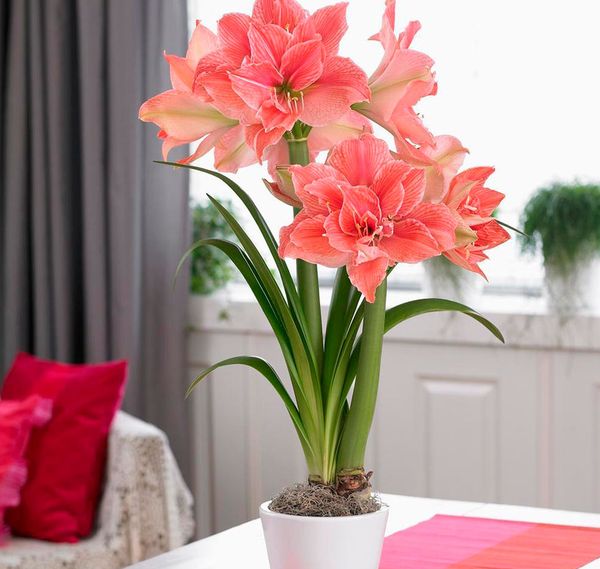 The stem grows from a large rounded bulb up to 11 cm in diameter. It blooms twice a year, in spring and winter. Sometimes hippeastrum blooms in summer, but this phenomenon is rare. From 1 to 6 buds simultaneously develop on the peduncle. Flowers range from pale pink to dark red; more than 80 varieties of culture are known in total. The flower type is hollow, funnel-shaped.
The stem grows from a large rounded bulb up to 11 cm in diameter. It blooms twice a year, in spring and winter. Sometimes hippeastrum blooms in summer, but this phenomenon is rare. From 1 to 6 buds simultaneously develop on the peduncle. Flowers range from pale pink to dark red; more than 80 varieties of culture are known in total. The flower type is hollow, funnel-shaped.
Amaryllis
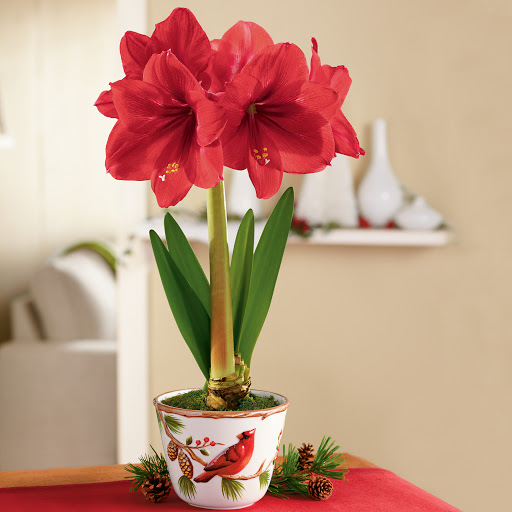 Inexperienced flower growers sometimes confuse culture with hippeastrum in photography, they are really similar, but there are significant differences. Amaryllis blooms once a year, most often in autumn. A peduncle with 6-12 buds is formed on a stem with long leaves. They smell nice, and are very unusual in color: the petals combine milky and red shades. Amaryllis bulbs are smaller than those of hippeastrum, and their shape is pear-shaped.
Inexperienced flower growers sometimes confuse culture with hippeastrum in photography, they are really similar, but there are significant differences. Amaryllis blooms once a year, most often in autumn. A peduncle with 6-12 buds is formed on a stem with long leaves. They smell nice, and are very unusual in color: the petals combine milky and red shades. Amaryllis bulbs are smaller than those of hippeastrum, and their shape is pear-shaped.
Krinum
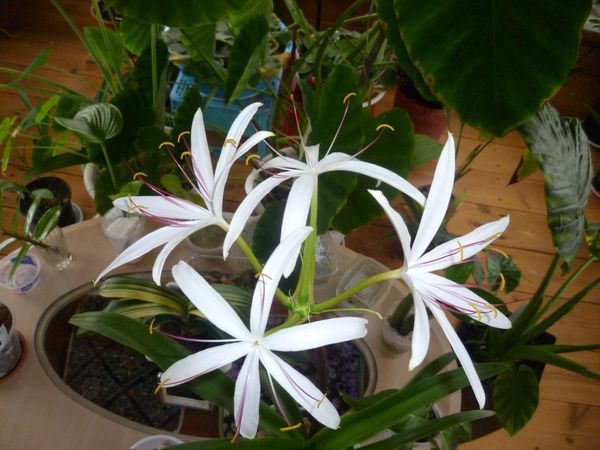 The plant belongs to the Amaryllis family. Green succulent leaves are collected in a fan, and during flowering, 5-6 huge buds bloom at the same time. Sometimes the diameter of one flower reaches 20 cm. The color of the petals is harmonious, it consists of milky and pink flowers. Krinum is able to live in one pot for years, but does not survive the transplant well.
The plant belongs to the Amaryllis family. Green succulent leaves are collected in a fan, and during flowering, 5-6 huge buds bloom at the same time. Sometimes the diameter of one flower reaches 20 cm. The color of the petals is harmonious, it consists of milky and pink flowers. Krinum is able to live in one pot for years, but does not survive the transplant well.
Attention! Bulbous indoor species do not tolerate sudden temperature changes and frosts.
Clivia
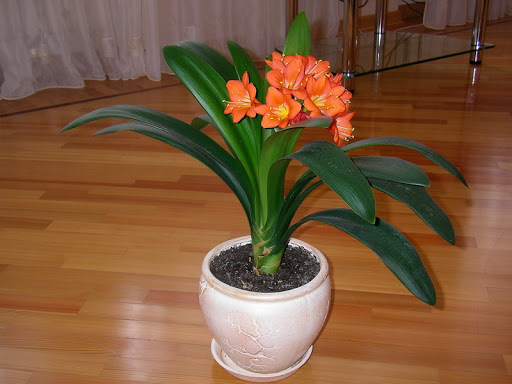 The plant grows in South Africa, but successfully takes root in indoor climates. Stem with long, wide leaves, green with glossy overflow. During flowering, clivia, or, as it is sometimes called, the kaffir lily, forms up to 40 buds on one arrow. There can be up to 5-6 arrows from each onion. The orange-red flowers resemble gramophones and tend to the bottom. Clivia is distinguished by its unpretentiousness and the ability to re-bloom even from old bulbs.
The plant grows in South Africa, but successfully takes root in indoor climates. Stem with long, wide leaves, green with glossy overflow. During flowering, clivia, or, as it is sometimes called, the kaffir lily, forms up to 40 buds on one arrow. There can be up to 5-6 arrows from each onion. The orange-red flowers resemble gramophones and tend to the bottom. Clivia is distinguished by its unpretentiousness and the ability to re-bloom even from old bulbs.
Spreckelia
 A bulbous plant with long narrow leaves resembles an orchid in beauty. The buds bloom several times a year, their color is crimson. Three petals are directed downward, and the fourth opens upward, stamens are located in the center. The arrow grows large, up to 30 cm. In order for the spreckel to bloom as often as possible, it must be constantly fed and grown only with sufficient lighting.
A bulbous plant with long narrow leaves resembles an orchid in beauty. The buds bloom several times a year, their color is crimson. Three petals are directed downward, and the fourth opens upward, stamens are located in the center. The arrow grows large, up to 30 cm. In order for the spreckel to bloom as often as possible, it must be constantly fed and grown only with sufficient lighting.
Vallota purple
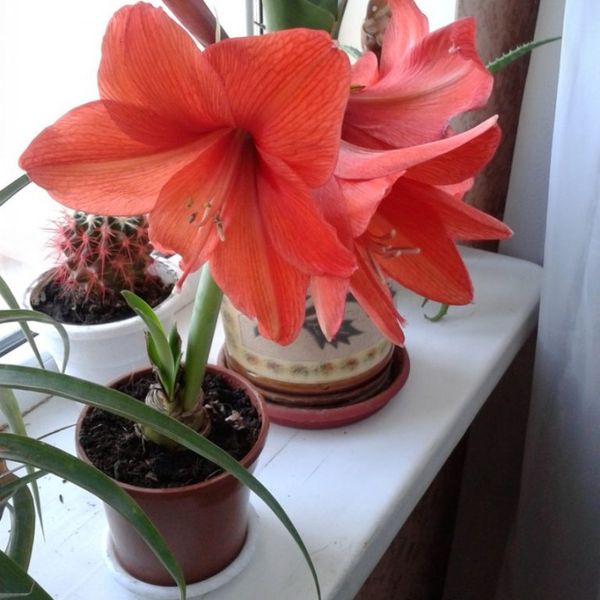 A flower native to South Africa bears a resemblance to hippeastrum.The plant does not shed green, spreading leaves when it is resting. Flowering begins in the second half of summer. The bulb produces a leafless flower stalk. Subsequently, buds bloom on it, 6-8 pieces. Vallota comes in white and yellow flowers. The plant develops well in fertile soil, so humus must be added to the ground.
A flower native to South Africa bears a resemblance to hippeastrum.The plant does not shed green, spreading leaves when it is resting. Flowering begins in the second half of summer. The bulb produces a leafless flower stalk. Subsequently, buds bloom on it, 6-8 pieces. Vallota comes in white and yellow flowers. The plant develops well in fertile soil, so humus must be added to the ground.
Interesting! During life, bulbous plants accumulate nutrients in the base - the scales. When the leaves fall off, food is spent on the formation of new green mass and buds.

